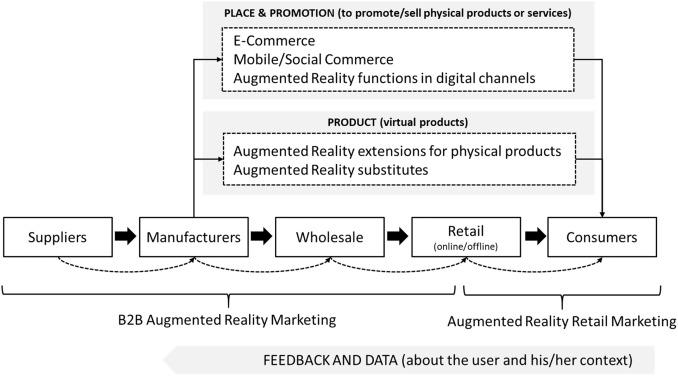Overcoming the Top Challenges in Implementing SEL Curricula: Strategies for Success
Social Emotional Learning (SEL) has become a cornerstone of modern education, equipping students with the emotional intelligence and interpersonal skills needed to thrive both academically and personally. Though, implementing SEL curricula isn’t always straightforward. Schools and educators ofen encounter numerous challenges—and overcoming them is key to ensuring SEL programs’ long-term success.In this thorough guide, we explore the top hurdles in integrating SEL into classrooms and present effective, actionable strategies for success.
the Benefits of SEL Curricula in Schools
- Improved Academic Performance: SEL programs are linked with higher grades and standardized test scores.
- Enhanced Behavior: Students exhibit decreased emotional distress and behavioral problems.
- Positive School Climate: A well-implemented SEL curriculum fosters supportive and safe learning environments.
- Long-term Life Skills: Social emotional learning equips students with lifelong tools for managing relationships, making responsible decisions, and handling challenges effectively.
Top Challenges in Implementing SEL Curricula
Integrating SEL into the educational framework brings remarkable benefits—but educators commonly face the following obstacles:
- Limited Time and Heavy Academic Pressures
- Inadequate Teacher Training and support
- Insufficient Funding and Resources
- Lack of Buy-In from Staff and Administrators
- Cultural Relevance and Adaptability Issues
- Inconsistent Implementation Across grades
- Challenges in Assessing SEL Outcomes
Strategies for Overcoming Common SEL Implementation Challenges
1. Addressing Limited Time and Academic Pressures
Balancing SEL curricula with academic demands can feel overwhelming. Though, SEL does not have to compete with academic instruction—it can enhance it.
- Embed SEL into Daily Routines: Incorporate SEL practices in morning meetings, classroom discussions, and transitions.
- integrate SEL With academic Content: Use literature, history, and current events as platforms to discuss empathy, conflict resolution, and decision-making.
- Leverage Short SEL Activities: Fast mindfulness or check-in exercises can be effective and time-efficient.
2. Enhancing Teacher Training and Support
Teachers are at the forefront of successful SEL implementation. Ensuring they are confident and competent in SEL instruction is crucial.
- Ongoing Professional Development: Offer regular SEL workshops, peer coaching, and resource-sharing opportunities.
- SEL Coaches or Champions: Assign dedicated staff to guide and support colleagues in SEL practices.
- Create a Collaborative Culture: Foster a safe habitat for teachers to share successes and challenges in SEL integration.
3. Securing Funding and Resources
Budget constraints are a common challenge, but creative approaches can maximize existing resources for SEL.
- Utilize Free and Low-Cost SEL Resources: Leverage open-source curriculum materials and digital tools.
- Seek community Partnerships: Collaborate with local non-profits, mental health experts, and universities.
- Apply for grants: Explore funding opportunities from education foundations and government initiatives to support SEL programs.
4. Building Buy-In Among Staff and Administrators
Staff and management buy-in is critical for the consistent implementation of SEL curricula.
- Engage Leaders as role Models: School leaders should actively participate in SEL initiatives.
- Share Evidence of SEL Benefits: Present real data and student success stories to colleagues.
- Include All Stakeholders in Planning: Involve teachers, counselors, parents, and students in the SEL development process to foster ownership.
5. Ensuring Cultural Relevance and Adaptability
SEL curricula must resonate with students from diverse backgrounds.
- Tailor Lessons to Community Needs: Adapt classroom activities to reflect cultural backgrounds and local values.
- Foster Inclusive Discussions: Encourage students to share their perspectives and integrate culturally responsive literature.
- Continuous Feedback Loops: Regularly seek input from students and families on SEL content and delivery.
6. Achieving Consistency Across Grades
Uniform SEL delivery across grades ensures students build upon their skills year-after-year.
- Adopt Schoolwide SEL Frameworks: Use a unified approach so all students and staff are building the same core competencies.
- vertical Team Meetings: Facilitate cross-grade collaboration to align goals and share strategies.
7. Measuring and Assessing SEL Outcomes
Though academic testing is straightforward,SEL measurement can be complex—but is essential.
- Use Validated SEL Assessment Tools: employ surveys, behavioral observations, and performance tasks.
- Track Both Quantitative and Qualitative Data: Collect anecdotes, student reflections, and engagement metrics.
- Engage Students in Self-Assessment: Empower learners to reflect on their own social and emotional growth.
Real-World Case Study: SEL Success in Action
Case Study: Lincoln Elementary School*
Lincoln Elementary, a diverse urban school, struggled with student behavior and low engagement.By working with a local university, the school accessed free SEL resources and ongoing teacher coaching. Teachers embedded SEL in everyday lessons and held regular family workshops on SEL at home. After two years, the school reported a 40% drop in disciplinary incidents and a notable betterment in student attendance.
*Names changed for privacy.
Practical Tips for Embedding SEL into Your School
-
Begin each class with a “feelings check-in,” allowing students to name and share their emotions.
-
Celebrate SEL milestones with classroom awards or assemblies.
-
Invite parents to workshops explaining SEL curricula and their role in supporting social emotional learning at home.
-
Create a student-led SEL committee to gather feedback and ideas for continuous improvement.
-
use stories,role-play,and current events as platforms for discussing empathy,conflict resolution,and self-management.
Conclusion: Creating Enduring SEL Success
The road to effective SEL curriculum implementation is filled with challenges,but with strategic planning,open dialog,and shared commitment,schools can overcome these barriers. By integrating SEL into daily routines, investing in teacher professional development, adapting materials to your unique community, and continuously measuring growth, educators can foster learning environments where every student thrives. Start small, stay persistent, and celebrate successes along the way—your students’ futures will thank you.

